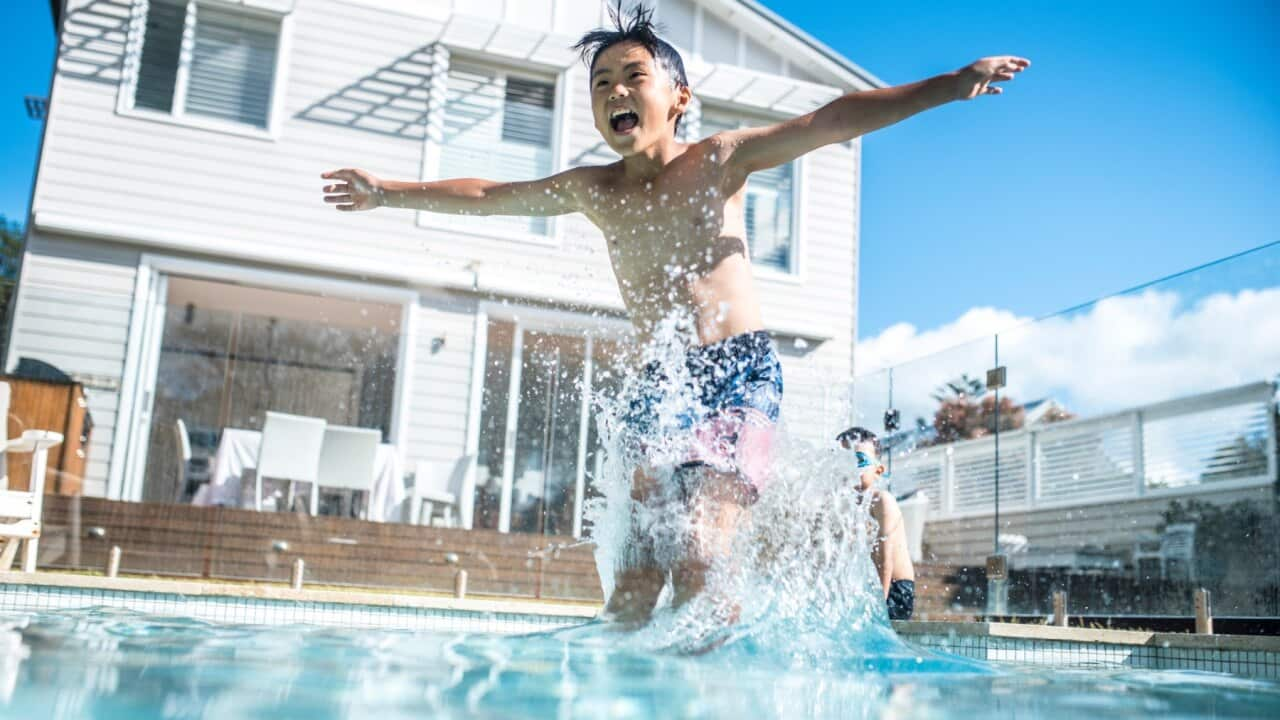Key Points
- Scientific study shows that more Australians have died of extreme heat events than any other natural disasters.
- BOM forecasts a prolonged humid summer which could cause serious health problems.
- Figures from the Victorian emergency department show that half of hospital presentations for sunburn during summer 2018-19 were children.
Australia may have passed its hottest summer on record, but the Bureau of Meteorology’s head of operational climate services, Dr Andrew Watkins, expects that despite the cooler La Niña weather event, we will still experience heatwaves over this summer.
Dr Watkins says while the temperature will not reach the extreme heat of last year which was Australia’s hottest and driest year on record.
The upcoming heatwaves this summer could last longer and intensify in humidity. That can actually have a large impact upon human health.
Heatwaves and skin cancer
Nick Banks, state emergency services manager of Red Cross in South Australia says people need to be extra cautious over the searing summer days as scientific studies have shown that heatwaves can be lethal.
More people have died in Australia as a result of heatwaves than other disasters like floods, bushfires or cyclones.
He says people who are more at risk include older people, pregnant women, children, those with a disability or pre-existing health conditions and those on medication.
Australia is the skin cancer capital of the world.
Research shows that lifelong exposure to high levels of ultra violet radiation causes skin cancer in at least two in three Australians before they turn 70 irrespective of skin type.

Source: Getty Images
Simple steps include assisting people in putting up some sort of shade to act as a barrier to protect their house from the sun and to keep the temperature cooler inside the house.
Giving them a phone call or a message to check in with them on extremely hot days.
And Banks recommends drinking water frequently even if you are not thirsty.
Not alcohol, tea or coffee or sugar drinks but water because it’s the best to ensure that people stay hydrated.
Melbourne’s Royal Children’s Hospital’s director of trauma service Dr Warwick Teague says heat stroke should not be taken lightly as organs in the body can start to suffer and lead to a medical emergency.
Signs of heat stress include:
- Weak, rapid pulse
- Shallow breathing
- Dizziness
- Muscle cramps
- Troubled or slurred speech
- Problems with coordinating movements
- Unusual behaviour including aggression
- Confusion
In very severe cases, they might show signs of shaking due to seizures or even loss of consciousness.
Dr Teague says if you notice someone showing signs of heat stress, there are things you can di before the ambulance arrives.
Things you can do:
- Bring the person into a cool and shady environment
- Offer sips of cool fluid but not really cold fluid
- Remove extra clothing
- Dampen the skin with a wet towel or sponge
- Fan the person to cool down

Source: Getty Images
Realistically, that causes sunburn and year on year damage could possibly lead to skin cancers.
Five SunSmart steps:
- Slip on clothing to cover as much skin as possible, preferably a long sleeve shirt.
- Slop on SPF 30 or higher broad-spectrum, water-resistant sunscreen every 2 hours
- Slap on a hat
- Seek shade
- Slide on some sunglasses to protect your eyes
According to McMillan, lifelong exposure to high levels of ultra violet radiation causes skin cancer in at least two in three Australians before they turn 70 irrespective of skin type.
Children and Sunburn

Source: Getty Images/ArtMarie
Dr Teague says that’s also what he observed in his own experience in treating patients with sunburn.
Their skin is thinner so they are more susceptible to sunburn and to deep sunburn.
Dr Teague says children are also less likely to regulate their own activities and fluid intake without the encouragement or insistence of the adult carers around them.
He says apart from applying a generous amount of sunscreen 20 minutes before going into the sun, people should also reapply sunscreen every two hours to stay protected from the strong UV radiation as sunburn can happen in as little as 15 minutes.
Sometimes even more often if we’ve been doing a lot of activity or even going into the water.
Call 000 immediately If you or someone is in a life-threatening situation. For up-to-date information about emergencies from around Australia, along with advice to protect you and your property go to
For up-to-date information about emergencies from around Australia, along with advice to protect you and your property go to

Source: Getty Images/Tracey Dee
